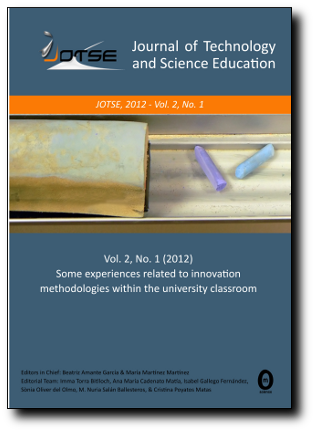Factors influencing teachers' adoption of augmented reality in high school chemistry education
Abstract
The integration of Augmented Reality technology into education holds significant potential for enhancing teaching and learning practices, particularly in complex subjects like Chemistry. Despite these benefits, its adoption among high school chemistry teachers remains low, necessitating an exploration of influencing factors. This study aims to investigate the determinants of AR adoption by high school chemistry teachers through a comprehensive analysis of individual, contextual, and technological factors. A mixed-methods approach was employed, combining quantitative data collection through surveys and qualitative insights from interviews. The findings reveal that technological proficiency, pedagogical compatibility, resource availability, training and support, and institutional encouragement are critical drivers of AR adoption. Furthermore, perceived efficacy significantly influences teachers’ willingness to integrate AR in their teaching practices. These results underscore the importance of tailored interventions, including targeted training programs and resource allocation, to support teachers in leveraging AR technology effectively. This study contributes to the growing body of literature on educational technology adoption and provides actionable insights for policymakers and educators seeking to enhance the implementation of AR in science education.
Keywords
Augmented teality, chemistry education, teacher adoption, high schools, educational technology
DOI: https://doi.org/10.3926/jotse.3310
This work is licensed under a Creative Commons Attribution 4.0 International License
Journal of Technology and Science Education, 2011-2025
Online ISSN: 2013-6374; Print ISSN: 2014-5349; DL: B-2000-2012
Publisher: OmniaScience





